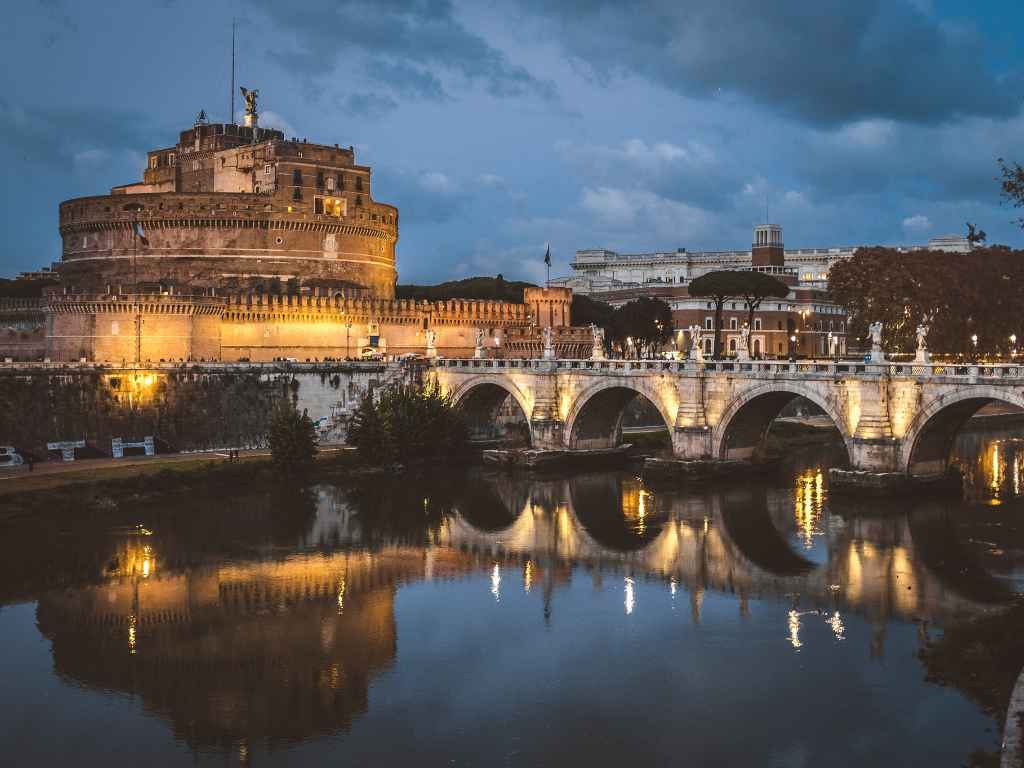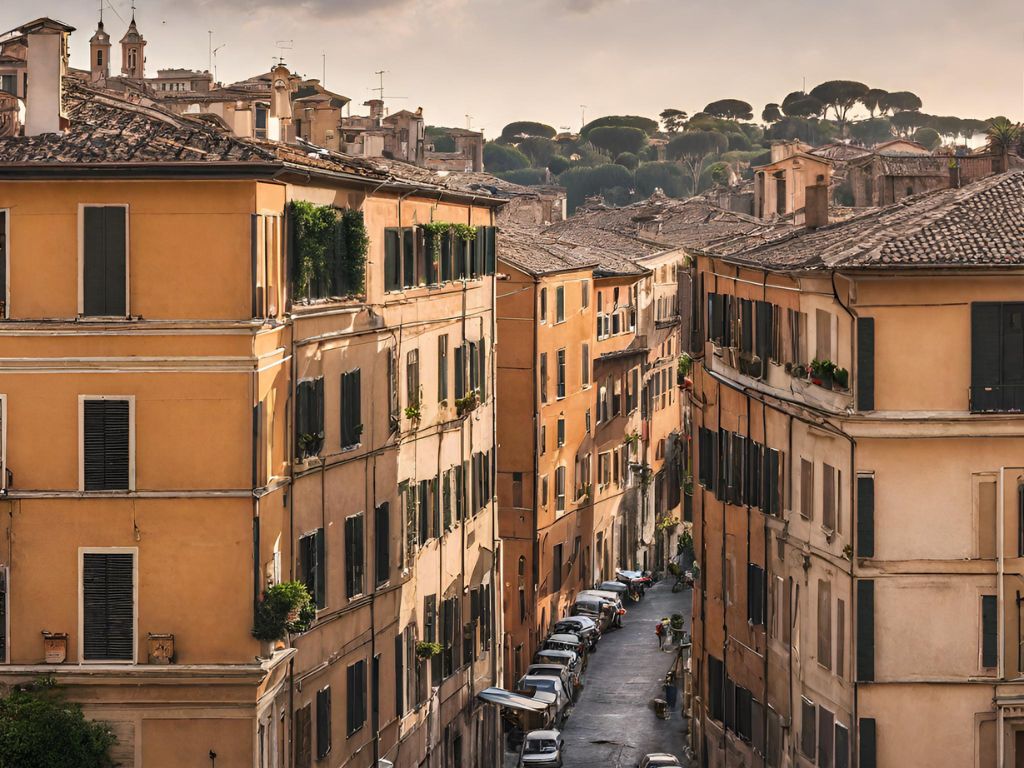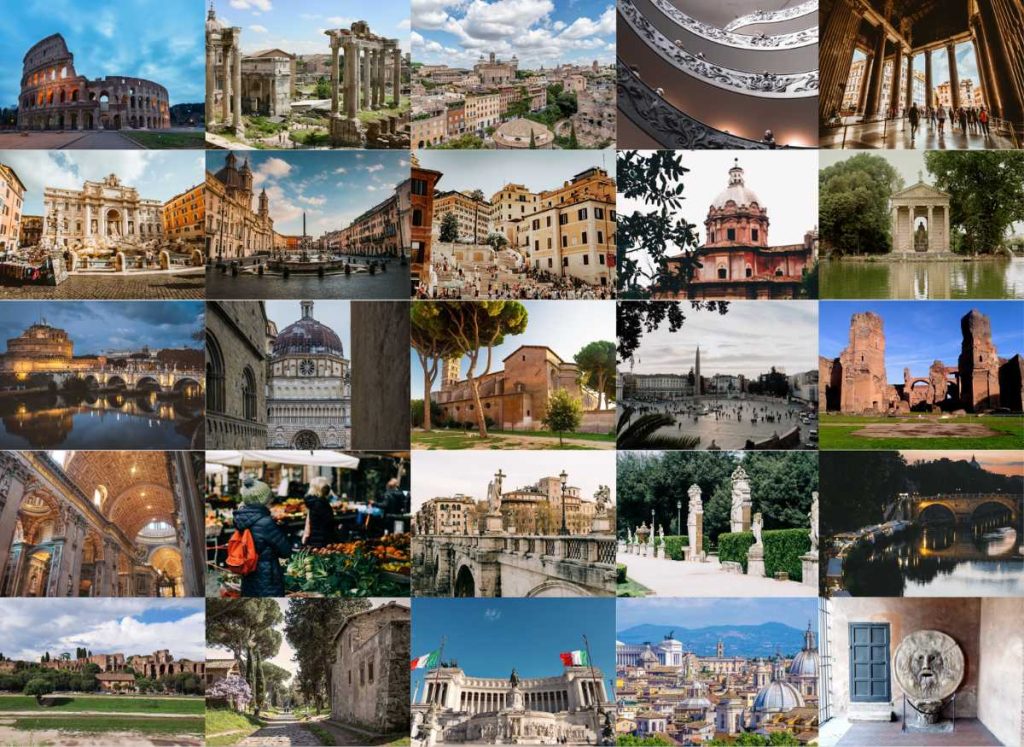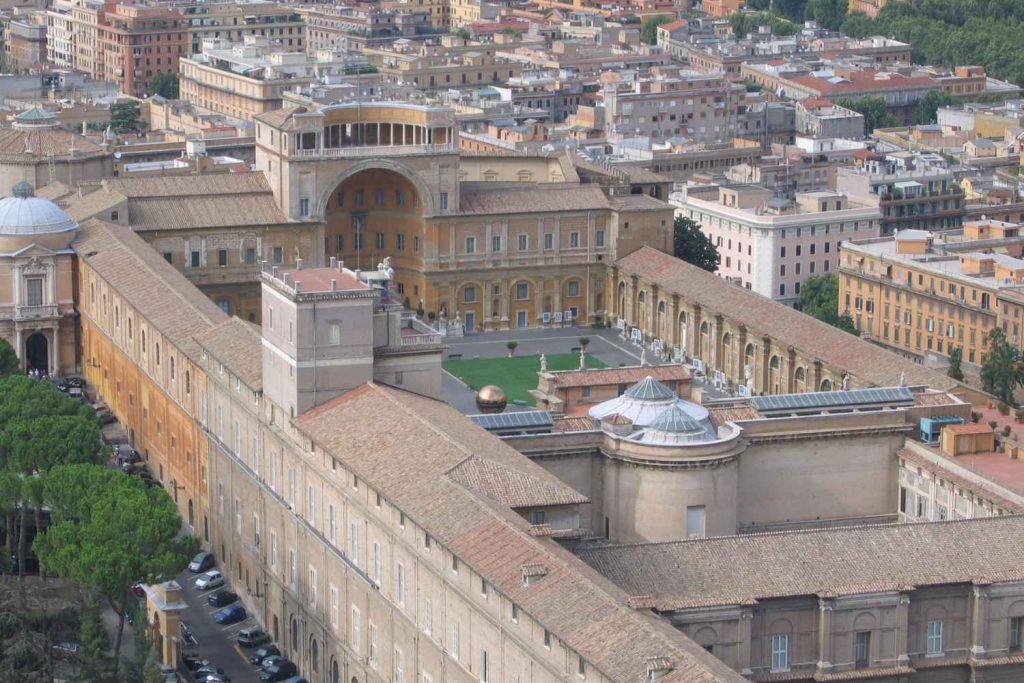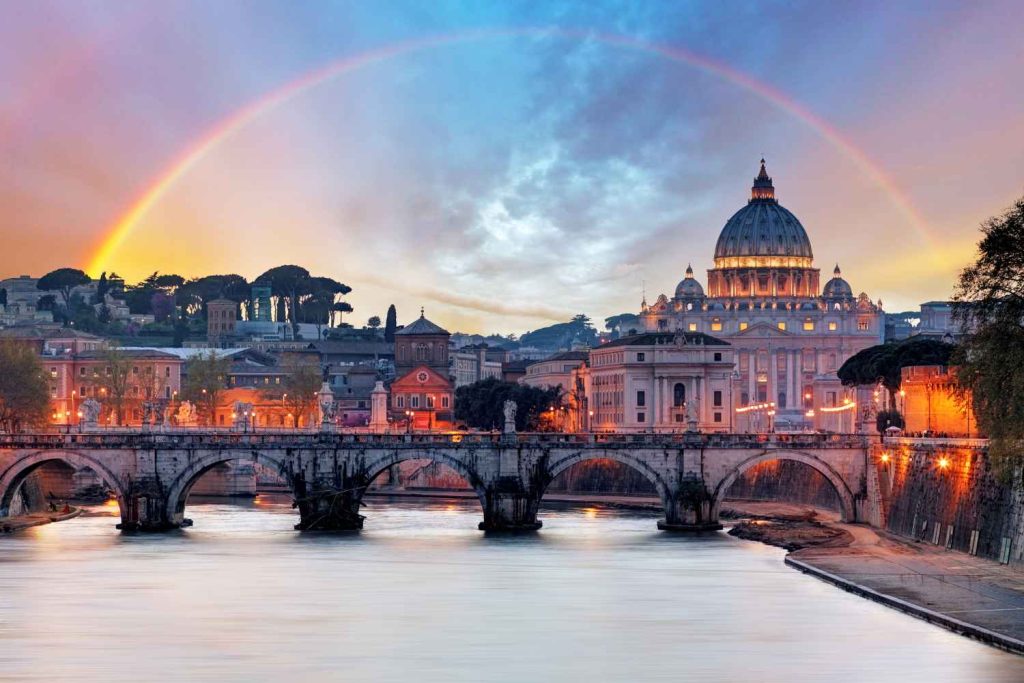Unearth the mysteries of Castel Sant’Angelo, an architectural marvel guarding Rome’s eternal secrets
Located along the serene banks of the Tiber River in the heart of Rome, Castel Sant’Angelo stands as a timeless testament to the city’s rich history and architectural splendour. Often referred to as the “Castle of the Holy Angel,” this magnificent structure has evolved from a mausoleum to a fortress, a papal residence, and now a museum. Its enduring charm lies not only in its historical significance but also in the captivating stories that have unfolded within its ancient walls.
We invite you to embark on a mesmerising journey through the corridors of Castel Sant’Angelo. Discover its intriguing history, awe-inspiring architecture, and the enchanting views it offers of the Eternal City. As we explore its every nook and cranny, you’ll come to understand why this iconic landmark remains a must-visit destination for travellers seeking a taste of Rome’s captivating past.
Unveiling Centuries of Stories
Castel Sant’Angelo has witnessed over two millennia of history, making it one of Rome’s most revered landmarks. Its origins date back to AD 135 when the Roman Emperor Hadrian commissioned the construction of a mausoleum for himself and his family. The towering cylindrical structure, covered in gleaming travertine marble, was designed to house the ashes of the imperial dynasty.
Over the centuries, the fortress underwent several transformations, becoming a refuge for popes during times of turmoil. In fact, the castle derives its present name from a miraculous event in 590 AD when Pope Gregory the Great saw an angel sheathing its sword atop the castle, signifying the end of a devastating plague. This vision gave rise to the belief that the archangel Michael protected the city, and the fortress became known as Castel Sant’Angelo.
History of Castel Sant’Angelo
Architectural Grandeur and Marvels
One cannot help but be awestruck by the architectural grandeur of Castel Sant’Angelo. Its cylindrical shape, a departure from traditional Roman design, sets it apart from other monuments in the city. The magnificent Mausoleum of Hadrian, as it was originally called, featured a towering statue of the Emperor himself on its rooftop. While the statue is long gone, its pedestal remains a prominent feature.
The castle’s interior is a labyrinth of interconnected chambers, each with its unique charm and historical significance. As you explore its dimly lit corridors, you’ll encounter ornate frescoes, intricate sculptures, and well-preserved artefacts that offer a glimpse into the opulence of the past. The Sala Paolina, decorated by the renowned artist Giulio Mazzoni, and the Sala degli Imperatori, adorned with striking busts of Roman emperors, are just a few of the highlights.
The crowning jewel of Castel Sant’Angelo, however, is its panoramic terrace. Ascending to this breathtaking vantage point, visitors are rewarded with sweeping views of the Eternal City. The vista encompasses iconic landmarks such as St. Peter’s Basilica, the Vatican, and the historic bridges that span the Tiber River.
Legends and Myths Within the Walls
Every stone of Castel Sant’Angelo seems to whisper stories of legends and myths, adding an air of mystique to this already captivating fortress. One such tale revolves around the infamous Italian poet and writer, Dante Alighieri, who mentioned the castle in his literary masterpiece, the Divine Comedy. According to the epic poem, the castle served as a secret passage to the heavens, symbolising the divine journey of the soul. The inclusion of Castel Sant’Angelo in Dante’s work has forever enshrined it in the realms of the mystical and the spiritual.
Another intriguing aspect of the castle’s history is its use as a prison. It housed several notable prisoners, including the infamous Beatrice Cenci, who was unjustly accused of murdering her abusive father. Her tragic story has inspired countless works of art and literature, making her a symbol of female resilience and the fight for justice. Visitors can explore the very cells where Beatrice Cenci and others awaited their fate, allowing one to step into the shoes of those who suffered within these ancient walls
The Papal apartments within Castel Sant’Angelo are not just opulent chambers but also repositories of history and intrigue. Popes used these lavish rooms as a refuge during times of danger, and the castle was often connected to the Vatican by a fortified passageway known as the Passetto di Borgo. This secretive corridor allowed popes to escape to safety during tumultuous periods, including the infamous Sack of Rome in 1527. Walking through the Passetto, you can’t help but feel the weight of history and the solemnity of its purpose.
One can’t discuss the myths and legends of Castel Sant’Angelo without mentioning its connection to the angelic realm. The vision of Pope Gregory the Great, who saw an angel sheathing its sword atop the castle in 590 AD, is a tale that continues to inspire awe. It was believed that this divine intervention marked the end of a devastating plague, and since then, the fortress has been associated with divine protection. The angelic statues that adorn the castle’s terrace, designed by the renowned sculptor Gian Lorenzo Bernini, serve as a constant reminder of this celestial connection.
The legends and myths woven into the tapestry of Castel Sant’Angelo are as much a part of its allure as its architecture and history. They transport visitors to a bygone era where spirituality, bravery, and intrigue were intertwined, and where the lines between reality and myth blur, leaving an indelible mark on those who step within its hallowed walls.
A Journey Through the Ages
Exploring Castel Sant’Angelo is like taking a journey through the ages, with each room and corridor revealing a different chapter of its history. The Castle Museum, located within its walls, showcases an extensive collection of weaponry, armour, and artefacts from various eras. Visitors can marvel at mediaeval crossbows, suits of armour worn by knights, and even ancient Roman military equipment.
As you ascend to the upper levels, you’ll encounter the sumptuously decorated Renaissance apartments, which once served as luxurious residences for the popes. The opulence of the Sala Paolina and the Sala dei Papi is enough to transport you to the extravagant days of the Renaissance.
A Breathtaking Panorama
The climax of your journey through Castel Sant’Angelo is undoubtedly the panoramic terrace. As you emerge onto this open-air space, you’re greeted by a breathtaking 360-degree view of Rome. The city sprawls before you, with its iconic landmarks and historic neighbourhoods bathed in the warm Mediterranean light.
The sight of St. Peter’s Basilica, with its imposing dome, is nothing short of mesmerising. From this vantage point, you can also admire the intricate details of the Sant’Angelo Bridge, adorned with angelic statues designed by Gian Lorenzo Bernini.
Whether you visit during the day to capture the city’s beauty in the sunlight or in the evening when Rome’s historic buildings are illuminated, the terrace of Castel Sant’Angelo promises a view that will remain etched in your memory forever.
Castel Sant’Angelo, with its rich history, stunning architecture, and captivating legends, offers a remarkable journey through time. It is a place where the past and present converge, inviting visitors to immerse themselves in the stories and splendour of Rome’s heritage. From its origins as an imperial mausoleum to its role as a papal fortress and now a museum, Castel Sant’Angelo stands as a testament to the enduring spirit of the Eternal City. So, when you find yourself in Rome, don’t miss the opportunity to explore this magnificent castle and witness the grandeur of both history and beauty.
More articles you might like...
You can find more great Rome content in the following categories;
All about Vatican City Commonly Asked Rome Questions Rome Accommodation Rome Food and Drink Rome History and Culture Rome Neighbourhoods Rome Tours and Must-See Attractions
